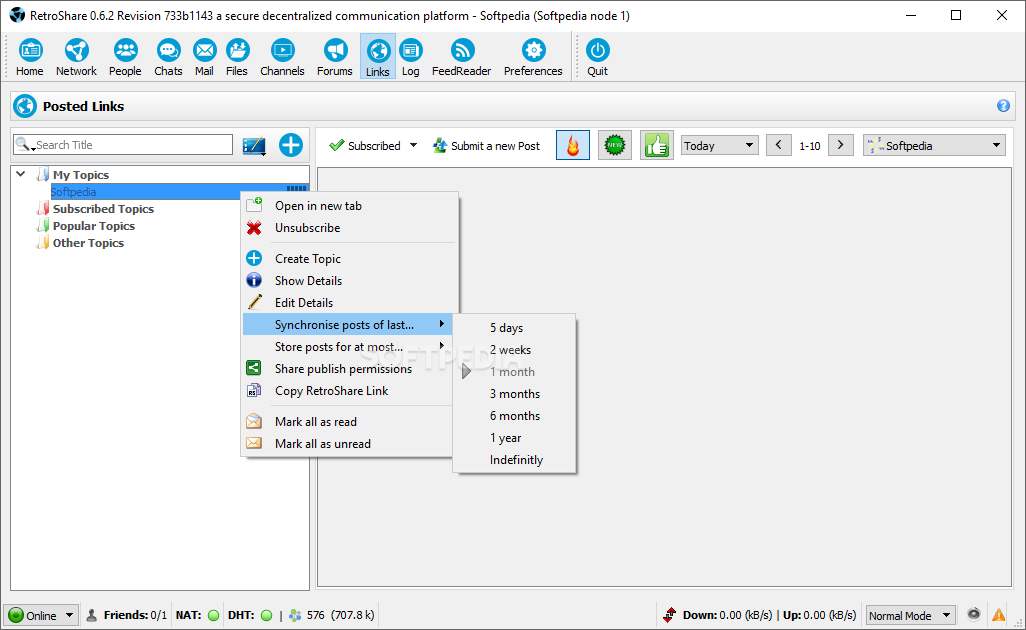

Such a feature is known in different synchronization applications under quite different terms: Selective Sync / On demand sync / Smart Sync / Placeholder file sync.
SOLIDOT SYNCTHING RETROSHARE SOFTWARE
So whether the software is open source or not is no longer important as a reason for switching. This worries many users and that is one of the reasons why quite a few are turning away from Resilio and continue to work with Syncthing, because the maintainers take care of the users and their problems and the software is continuously being further developed and adapted to the new operating systems.Īnd it is precisely these advantages that you no longer have with Resilio, at least for the moment. Up until a few years ago, this was similar with Resilio, but nothing seems to be happening now.
SOLIDOT SYNCTHING RETROSHARE UPDATE
The consumption of resources, which becomes a problem with small network bandwidths and especially because of the update policy.Īt Syncthing we have the advantage that the software is optimized and further developed in small and clear steps.

However, I turned away from Resilio for two main reasons. Of course, I would like all these features, which are obvious for everyday life, also with Syncthing. And well, Resilio still runs on most platforms, but unfortunately not as flawlessly as they have progressed. There’s no question about it, with local sync, selective sync, folder sharing via identity, etc., Resilio is clearly a tool for fans of features. I’ve used Resilio for years and have already worked with the former BTsync. That can sometimes go wrong if it is forgotten. In everything, the ignore list must be in the foreground. It looks different when files are added, deleted or renamed, etc. Such elements are seen in the ignore list. However, it is then not possible to see directly what physical elements are still available remotely and which could be downloaded. This becomes easier if complete folders are ignored, as otherwise an overly long Ignore List can arise, which could also negatively affect performance. That would mean opening the list, editing it accordingly and closing it again. For now, I’d just work with Ignore Patterns. Something similar would have to be built into Syncthing as a feature. If you want to have additional folders or individual files physically on your computer, the links are processed accordingly. The selected folders and files will be downloaded and synced normally. Then in a little browser it is chosen what should be physically synced. With selective sync, Resilio first creates a complete directory together with the files of the folder with the help of links.


 0 kommentar(er)
0 kommentar(er)
